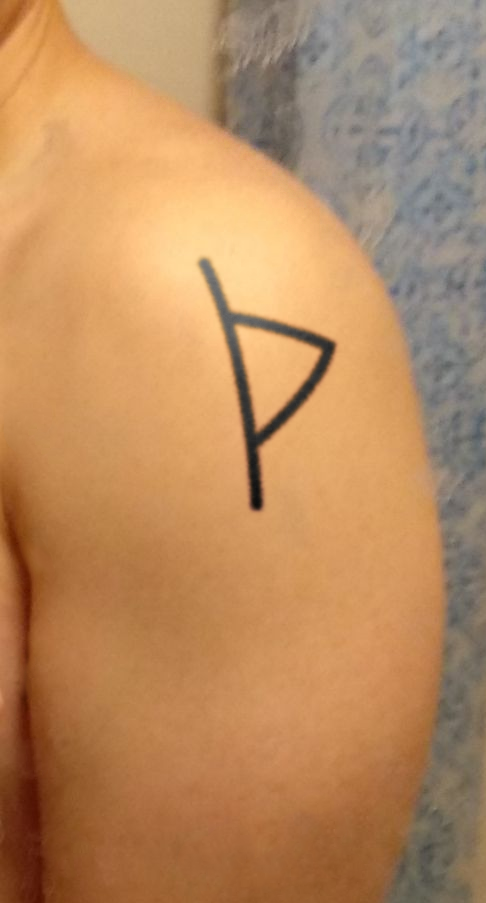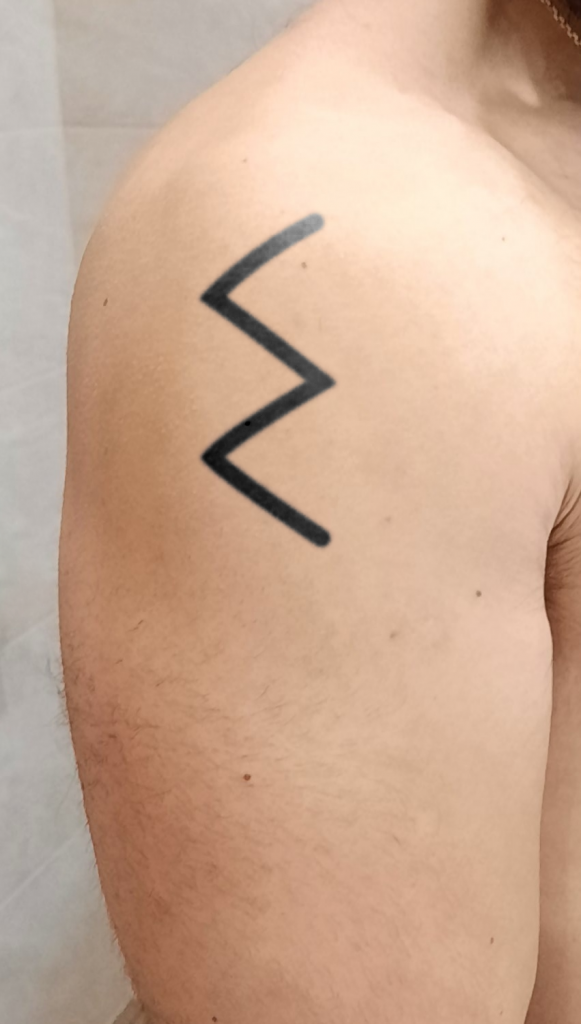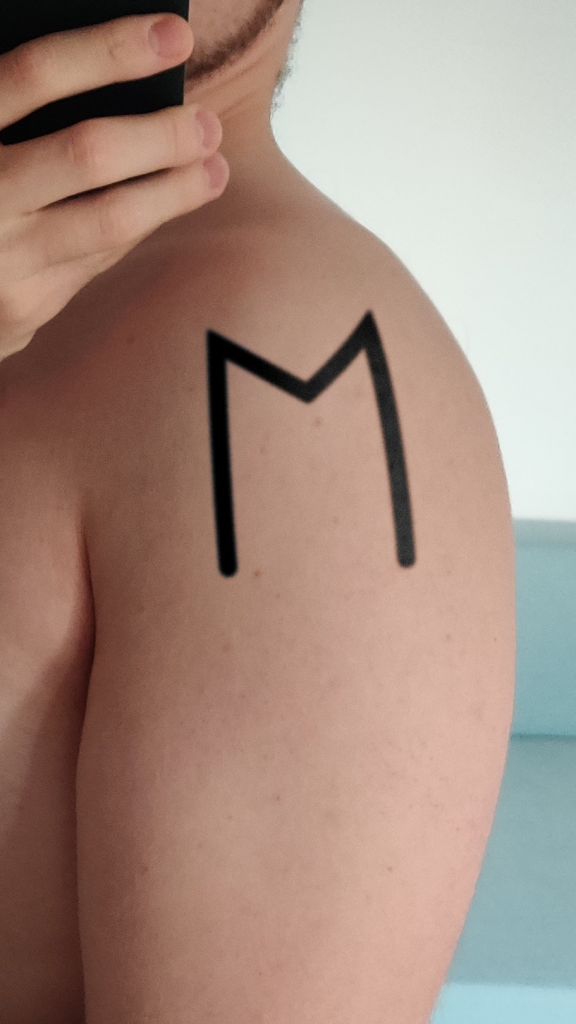Now we can talk about tattoos common on the Lavinava Peninsula at the beginning of our era.
Alas, the author of the text does not say anything about where this tradition came from. Romans and Hellenes usually branded slaves or cattle with tattoos, so it is unlikely from them; the peoples who lived in the neighborhood did not do such a thing at all. Perhaps the tradition was quite original and old, but ... we can only speculate.
Bone, wooden or metal needles were used to draw a pattern on the body. They were made as thin as possible so as not to leave scars on the skin and to keep it as smooth as possible after healing. Nothing is said about the ink, but it must have been something based on soot (and possibly animal glue).
Only representatives of fairly high-ranking families could apply tattoos to themselves. Firstly, because the services of a tattoo artist cost a lot of money. Secondly, tattoos were considered a symbol of a blood connection with the gods - as you know, every jarl who felled had a family legend about exactly when and which god gave birth to some kind of distant ancestor.
Drawings were applied to the shoulders (most often), palms (less often) and feet (very rarely). And most often these were runes, which either had to endow the owner with certain qualities, or emphasize them. Animal and plant patterns, as the author writes, were found only among very rich people. Again, expensive.
And to finish - I asked the guys I know to serve as good examples of how these same tattoos, in principle, could look. Runes in order jurisaz (jurs), sōwilō (sol), ehwaz (jor).



